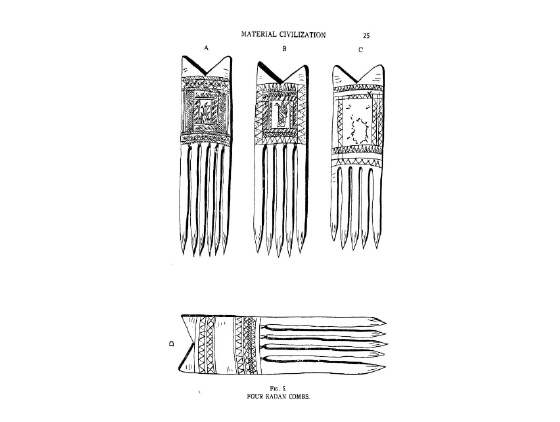.jpg)

.jpg)
.jpg)

In search of the Puhari
Bamboo is etched in the cultural identity of forest-dwelling tribes of Kerala. The ornamented combs of the Kadar and Muthuva communities in the Cochin forests have seen mention in old British records. The wearing of the comb has been found among the Kadars of the Cochin State, the Australians, the Semangs of the Malay peninsula, the Sakais of Perak, and the Oraous of Chota Nagpur. As pointed out by Iyer 1941, the distribution of the comb clearly marks the trail of bamboo distribution.
Puhaari are bamboo combs that were ancient cultural talisman belonged to the forest-dwelling Muthuva people in the upper catchment of Periyar river. Often gifted to young brides by their grooms, or part of a simple wedding trousseau, they were greatly valued and buried with them on passing. For a nomadic people with very little worldly possessions, the Puhaari had held a special place. One that also formed a tangible link between the various indigenous communities of the equatorial rainforests living in a ‘bamboo culture’. Sadly, with the many erosions to the native way of life, the bamboo Puhaari had all but disappeared in these villages.
Through an exciting journey of discovering old British sketches and descriptions, unearthing memories and stories, hunting for the right bamboo, searching out and motivating craftsmen like Maruduswamy who still remember, this ancient treasure was revived by Forest Post.
The combs are carved and about the size of a person’s palm. Wire and bamboo fiber are tied around the teeth of the combs for close to a month to prevent the teeth from splaying. These freshly carved combs are kept above the woodfire stove to season the bamboo and the bamboo takes on a beautiful burnished patina.
Other communities in the landscape also crafted combs using bamboo and wood. This four to five-pronged comb was crafted by a Kadar elder when we triggered a conversation with him using a sketch from British records.